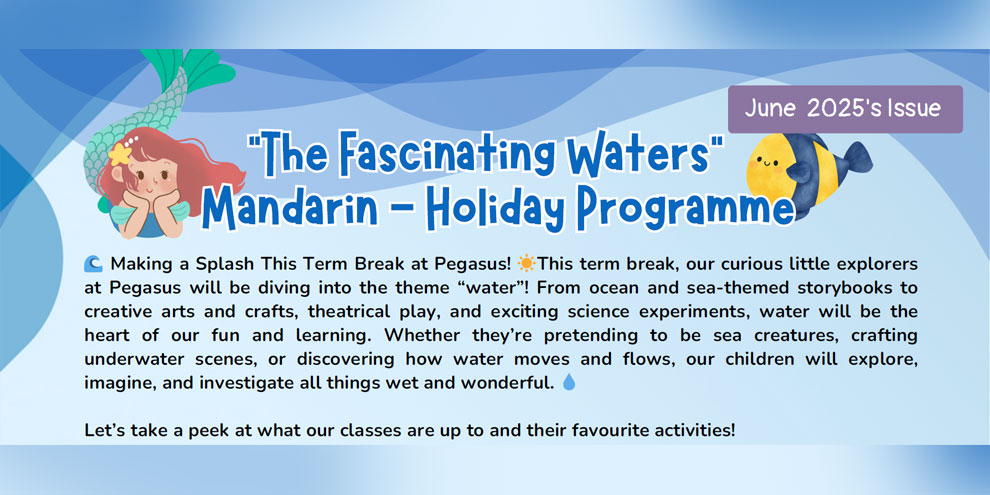Sink And Float
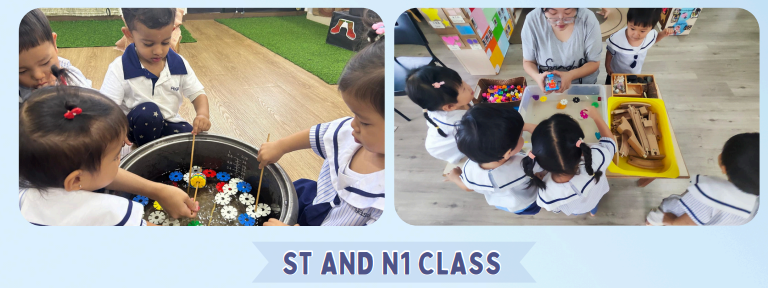
A sink and float experiment is fun and educational for children because it combines hands-on
play with simple scientific discovery.
Scientific Thinking:
The children learnt to observe and make hypotheses: “Will this float or sink?”
The children understand physical concepts such as density and learn that size isn’t the only factor—
weight and material matter too.
Problem-Solving Skills:
Children may try changing how they put an object in the water or choose different items to test
theories.
Sensory Exploration:
“The texture of some items change when wet such as newspaper!”
‘When the newspaper is folded into a boat it floats better”
Language & Literacy Skills:
Children learn the keywords “float,” “sink,” “observe” ‘buoyancy” “mass” and “weight”
Ice Cube Painting
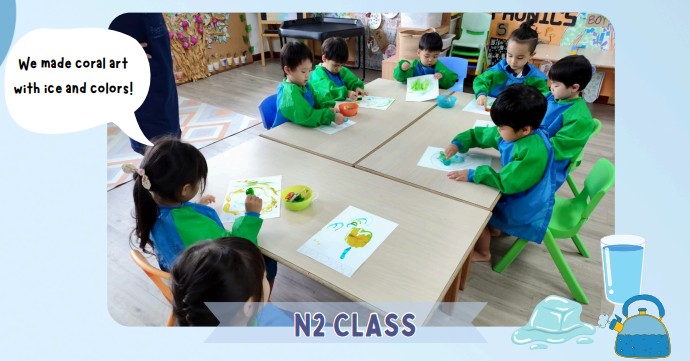
Ice cube painting may look like simple fun, but it’s actually a rich, interdisciplinary activity
that lays the foundation for scientific understanding, sensory awareness, and creative
thinking in our N2s.
Here are some learning takeaways / observations the children shared:
Understanding States of Matter
“The ice was hard and cold, but then it melted into water!”
“Melting means it’s turning from solid to liquid.”
“If the water gets really hot, it can turn into gas like steam!”
Sensory Exploration
“The ice felt slippery and cold on my fingers.”
“I liked watching the colors mix as the ice melted on the paper.”
Creative Expression
“I painted with red and blue and it made purple!”
“The colors look like rainbows when they melt together.”
Raindrops
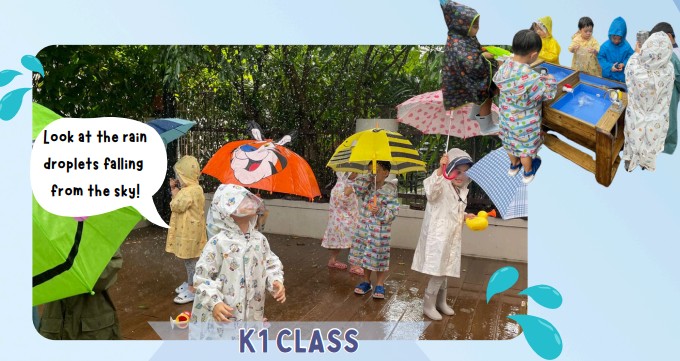
The raindrops are falling on my head~ ☔ Here’s one activity which our K1 children
enjoyed most! They engaged in a hands-on rain simulation activity! Dressed in colorful
raincoats and boots, the children used umbrellas to explore the sights, sounds, and
sensations of rain in a safe and playful outdoor setting.
Here are some learning takeaways the children shared:
Understanding Weather and appreciation
“Winds can affect the flow of rain.”
“Sometimes, storm clouds whent they come in contact, it is full of energy and needs to
let out a zap of lightning, just like static electricity.”
“There’s a rainbow that comes after rain sometimes”
“I am grateful for Singapore’s weather as we have no disasters”
Sensory Exploration/Discoveries
“We heard the rain hit our umbrellas, and observed water droplets as they flow down.”
“Even the rain droplets can create music rhythm and beats”
“Jumping into puddles form waves”
“Water repels off of umbrella and raincoat , it is waterproof”
Self-Help Skills
“ I can put on rain gear on my own and fast in such situations”
Hands On Water Filtration
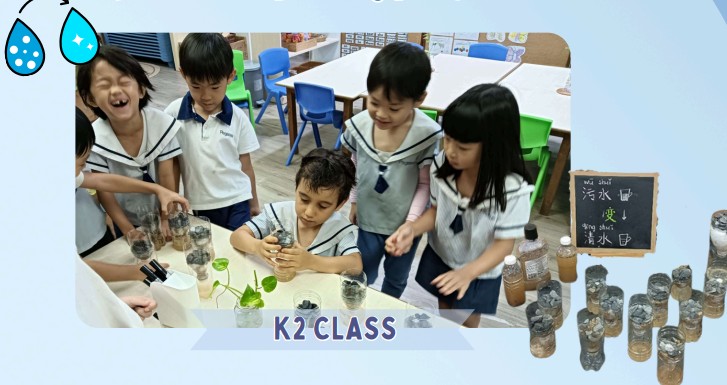
“Can we really clean dirty water?”💧 Our curious K2s took on the challenge in a hands-on water
filtration experiment! Using gravel, sand, and cotton, the children explored how these materials
help remove dirt and impurities from water. They discovered the difference between 污⽔ (wū
shuǐ – dirty water) and 清⽔ (qīng shuǐ – clean water), and learned just how important clean
water is in our daily lives.
Here are some learning takeaways / observations the children shared:
Scientific Thinking Skills
“We noticed how the dirty water became clearer after going through the filter.”
“I guessed that the cotton would clean the water the best—and it did!”
“We tried different filters and compared which ones worked better.”
Environmental Awareness
“Clean water is important because we use it to drink, wash, and cook.”
Critical Thinking and Problem Solving
“We thought about how to make the filter better, maybe add more cotton or stones.”
Language and Literacy Skills
“We learned new words like ‘filter,’ ‘impurity,’ ‘clear,’ and ‘dirty.’”


